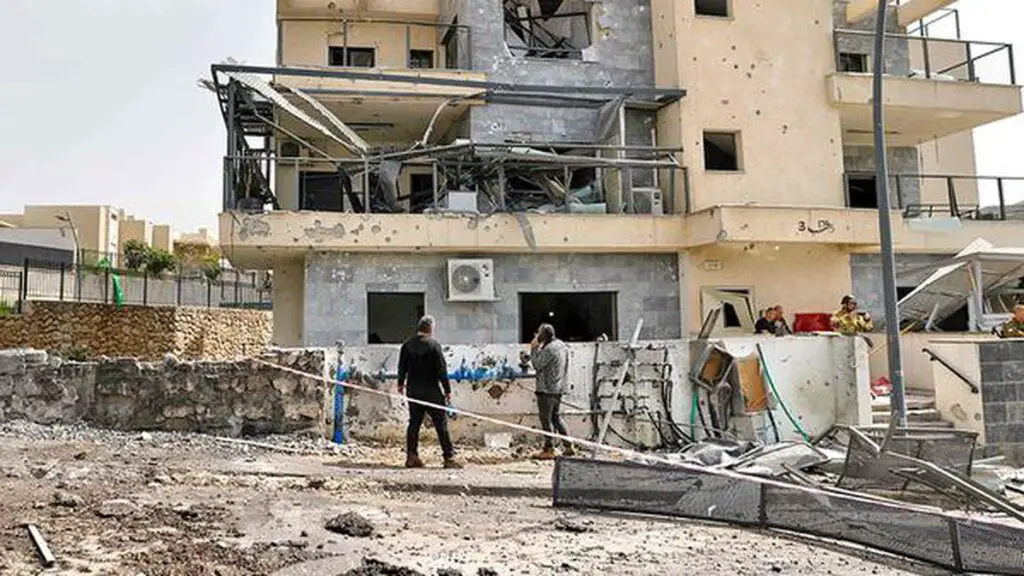In a small village near the Israeli-Lebanon border, Asiya, a member of Israel’s Druze community, shares her fears of living amidst ongoing conflict. She runs a traditional Druze food business from her home, overlooking the fiery heights bordering Lebanon and Israel.
The Impact of War on the Border
As conflicts rage on, Asiya’s once-thriving tourist business has dwindled, leaving her with uncertainty about the future. The region has witnessed a surge in violence since Hamas’s attack on Israel in October, escalating tensions between Israeli forces and Shia and Palestinian militias.
Hezbollah, a powerful Shia militia based in southern Lebanon, has been actively involved in launching multiple rocket attacks into northern Israel. As a result, the region has become a battleground, with both sides engaged in retaliatory strikes.
Living on the Edge
Yanuh-Jat, Asiya’s village, faced rocket attacks in April 2023, highlighting the constant threat residents endure. With over 6,000 people, mostly Druze, in the village, the looming danger of escalation keeps Asiya on edge. Like many in the area, Asiya has a bunker in her home, giving her a mere 15 seconds to seek shelter during a rocket attack.
According to reports from the Armed Conflict Location and Event Data Project (ACLED), both Hezbollah and Israeli forces have exchanged over 4,700 attacks across the border between October 7 and March 15. The majority of these attacks originated from Israel, underscoring the volatile situation in the region.
Hezbollah’s Strategy and Israel’s Response
Hezbollah’s continuous assaults on Israeli positions have sparked concerns about the militia’s intentions. Despite past conflicts, Hezbollah remains resolute in its attacks, targeting military facilities and civilians alike. Israel’s attempts to quell Hezbollah’s aggression through airstrikes have proven ineffective, with the group maintaining its firepower.
As tensions escalate, Israel has evacuated numerous communities near the border, displacing thousands of residents. This mass exodus puts pressure on the government to find a peaceful resolution and allow the displaced individuals to return home.
Striving for Peace Amidst Uncertainty
Sarit Zehavi, a prominent figure in Israel’s security landscape, emphasizes the need for stability in the region. Despite Hezbollah’s stronghold in Upper Galilee, Zehavi believes that peace has been elusive, with the threat of conflict ever-looming.
While speculation abounds regarding Hezbollah’s next move, the militia has maintained a calculated approach towards Israel, avoiding a full-blown confrontation. However, the cycle of violence has claimed lives on both sides, underscoring the human cost of the ongoing conflict.
The Role of External Factors
External factors such as Iran’s involvement have further complicated the situation, leading to increased tensions. As Israel prepares to respond to Iran’s actions, Hezbollah continues to escalate hostilities along the border, heightening the risk of further conflict.
Amidst this uncertainty, stakeholders on all sides seek a resolution to the conflict. However, deep-rooted animosities and external influences hinder the path to peace, leaving residents like Asiya caught in the crossfire.
The writer was in Israel as part of a media delegation.

